Screw Knowledge
Screws, often referred to as "screws" or "bolts," are one of the most commonly used fasteners in both industrial and everyday applications. Though the terms are sometimes used interchangeably, there is a clear distinction between screws and bolts. Screws typically have a pointed tip and a larger thread pitch, making them ideal for joining wood, plastic, or softer materials. On the other hand, bolts—also known as screw rods—are usually used in mechanical applications, with a flat head and finer, more uniform threads designed for metal components.
The invention of screws dates back thousands of years and is considered one of humanity’s earliest and most essential innovations. From ancient tools to modern machinery, screws play a critical role in construction, manufacturing, and daily life. They are used in various fields such as cutting tools, production equipment, logistics, safety products, research, and more.
The primary function of a screw is to create a fixed, secure connection by converting rotational motion into linear movement. If a screw is improperly tightened, the threads become loose, or the head breaks off, it can lead to serious quality issues. Since screws are mass-produced items rather than handmade art pieces, they must meet strict standards for precision and consistency. Typically, screws are manufactured to a 6g tolerance (equivalent to level 2 in the American standard "IFI" system, which is 2A). In construction, coarser screws may be rated at 8g (level 3, or 1A in the IFI system).
The importance of screws cannot be overstated. There have been real-world cases where poor-quality screws led to the collapse of car manufacturers or even aircraft accidents. These examples highlight how critical it is to ensure the quality and reliability of such small but vital components.
While screws can sometimes be inconvenient to use, when handled properly, they greatly enhance our daily lives. Whether in furniture, electronics, or heavy machinery, screws remain an indispensable part of modern technology.
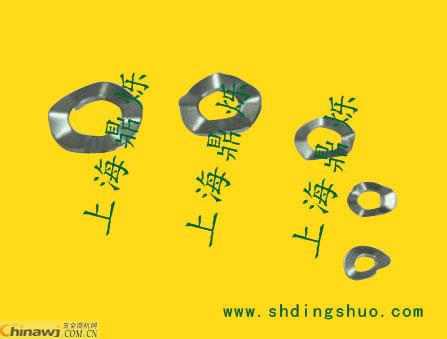
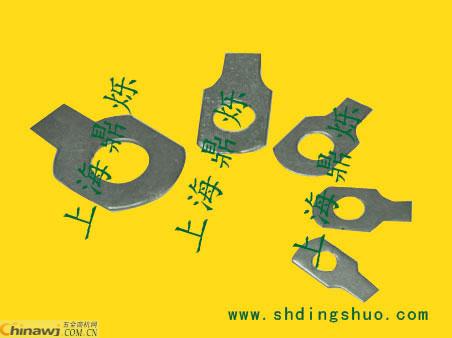
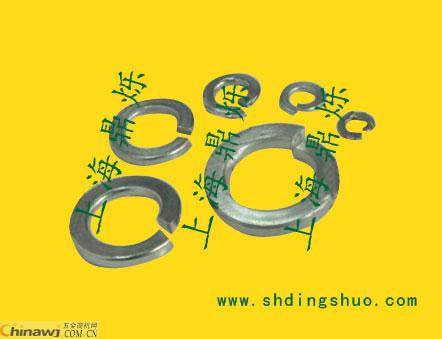
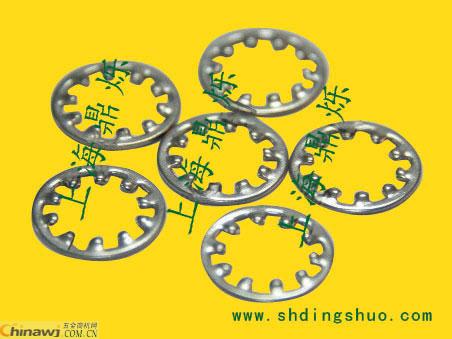
Http://news.chinawj.com.cn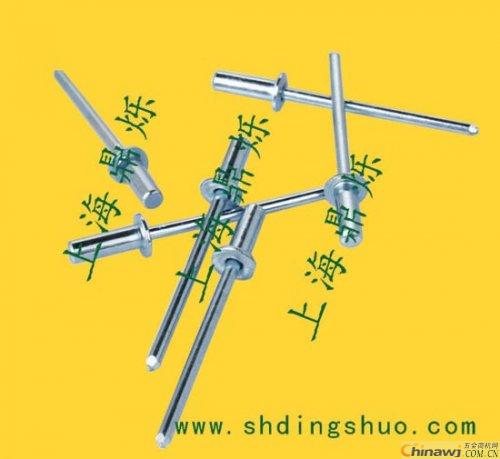 Submission:
Submission: 
Screws, often referred to as "screws" or "bolts," are one of the most commonly used fasteners in both industrial and everyday applications. Though the terms are sometimes used interchangeably, there is a clear distinction between screws and bolts. Screws typically have a pointed tip and a larger thread pitch, making them ideal for joining wood, plastic, or softer materials. On the other hand, bolts—also known as screw rods—are usually used in mechanical applications, with a flat head and finer, more uniform threads designed for metal components.
The invention of screws dates back thousands of years and is considered one of humanity’s earliest and most essential innovations. From ancient tools to modern machinery, screws play a critical role in construction, manufacturing, and daily life. They are used in various fields such as cutting tools, production equipment, logistics, safety products, research, and more.
The primary function of a screw is to create a fixed, secure connection by converting rotational motion into linear movement. If a screw is improperly tightened, the threads become loose, or the head breaks off, it can lead to serious quality issues. Since screws are mass-produced items rather than handmade art pieces, they must meet strict standards for precision and consistency. Typically, screws are manufactured to a 6g tolerance (equivalent to level 2 in the American standard "IFI" system, which is 2A). In construction, coarser screws may be rated at 8g (level 3, or 1A in the IFI system).
The importance of screws cannot be overstated. There have been real-world cases where poor-quality screws led to the collapse of car manufacturers or even aircraft accidents. These examples highlight how critical it is to ensure the quality and reliability of such small but vital components.
While screws can sometimes be inconvenient to use, when handled properly, they greatly enhance our daily lives. Whether in furniture, electronics, or heavy machinery, screws remain an indispensable part of modern technology.




Http://news.chinawj.com.cn
 Submission:
Submission: 
Coating multiple layers of dielectric films on optical components or substrates to change the direction of light wave propagation is suitable for applications ranging from laser beam processing to instrument construction and advanced imaging.
The dielectric reflector produced by our company has high reflectivity, wide reflection frequency band, and good compactness. The specific technical specifications can be customized according to customer needs.
Dielectric Reflector,Reflective Dielectric Material,Dielectric High Reflective,Dipole Reflector Spacing
Changchun Champion Optics Co.,Ltd , https://www.champion-optics.com